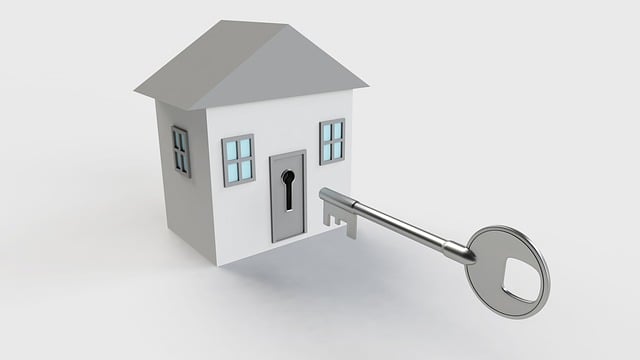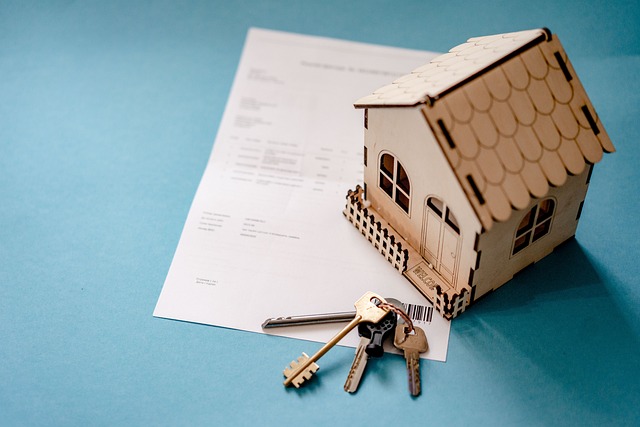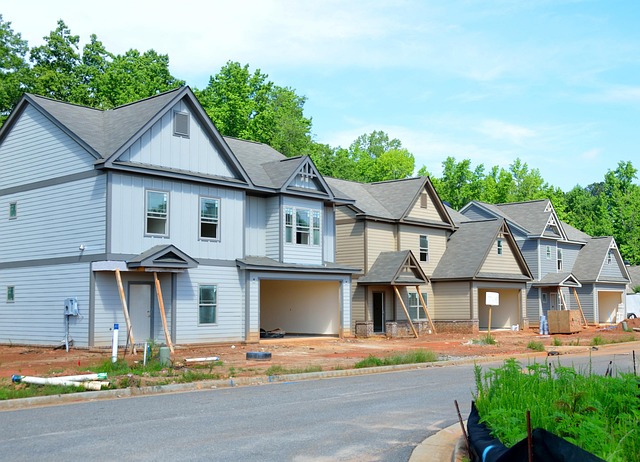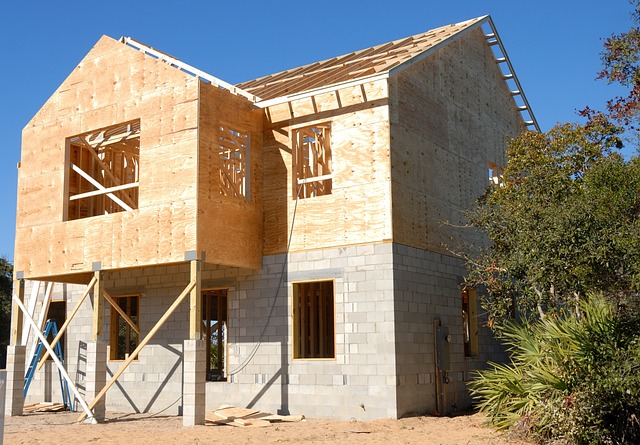Lower interest rates boost the real estate sector by making homeownership more affordable for buyers and attracting investors with strategic advantages. Buyers can secure cheaper mortgages, increasing demand and potentially driving up property values. Investors benefit from longer-term fixed rates, improving cash flow and attracting more market participants, which can lead to further property value growth. However, informed decisions require considering the broader economic context and future interest rate projections.
Lower interest rates are transforming the real estate landscape. This article explores the profound impact of these reduced rates on both investors and homebuyers, offering insights into strategic opportunities within the property market. We delve into understanding how lower interest can boost affordability, fostering a surge in demand. Additionally, we provide long-term considerations for stakeholders, highlighting potential benefits and pitfalls as the real estate sector navigates this favorable economic climate.
Understanding the Impact of Lower Interest Rates on Real Estate Investments

Lower interest rates have a profound impact on the real estate market, making investments in properties more attractive and affordable for prospective buyers. When interest rates dip, mortgages become cheaper, encouraging individuals to enter the real estate market or refinance existing loans. This surge in demand can drive up property prices over time, as seen in many markets worldwide.
For real estate investors, this presents a strategic opportunity. Lower rates mean potential tenants or homebuyers can afford larger properties at lower monthly payment obligations. As such, investors may consider purchasing more substantial assets, diversifying their portfolio, and potentially increasing rental income or capital gains in the long term.
Strategies to Take Advantage of Reduced Monthly Payments in the Property Market

When interest rates dip, it’s a green light for prospective homebuyers. With lower monthly payments, real estate becomes more accessible, igniting a new wave of opportunity in the property market. One strategy to maximize this advantage is to increase your down payment. A larger down payment not only reduces the principal amount you need to borrow but also lowers your overall interest costs over time. This simple move can significantly improve your borrowing power and allow for more flexibility in managing other financial responsibilities.
Additionally, consider a longer mortgage term. Opting for a 20- or 30-year loan instead of a shorter one will result in smaller monthly payments but more interest paid overall. While this may seem counterintuitive, it can be a smart move during periods of low rates. By committing to a longer term, you protect yourself from potential future rate hikes and ensure consistent, manageable payments.
Long-term Effects and Considerations for Homebuyers and Investors

Lower interest rates can have significant long-term effects on both homebuyers and real estate investors. One of the primary considerations for prospective homeowners is the reduction in monthly payments. With lower rates, more affordable housing becomes accessible, potentially increasing demand in the real estate market. This shift can lead to a warmer competitive environment for buyers, making it crucial to secure financing promptly.
For investors, longer-term fixed rates offer stability and predictability. Lower interest expenses can improve cash flow, especially for those holding investment properties with adjustable rates. This trend might encourage more people to enter the real estate market as investors, driving further growth and potentially inflating property values over time. However, it’s essential to analyze the broader economic climate and future rate projections to make informed decisions regarding real estate investments.






